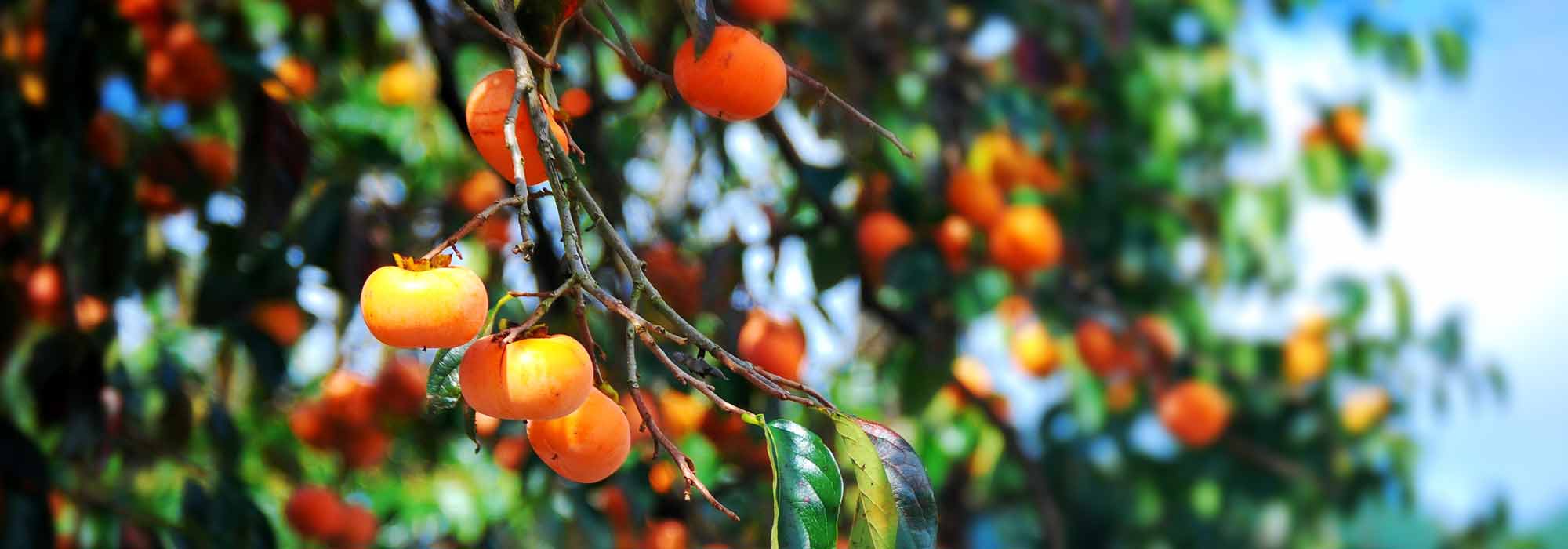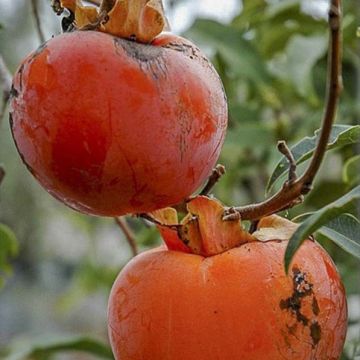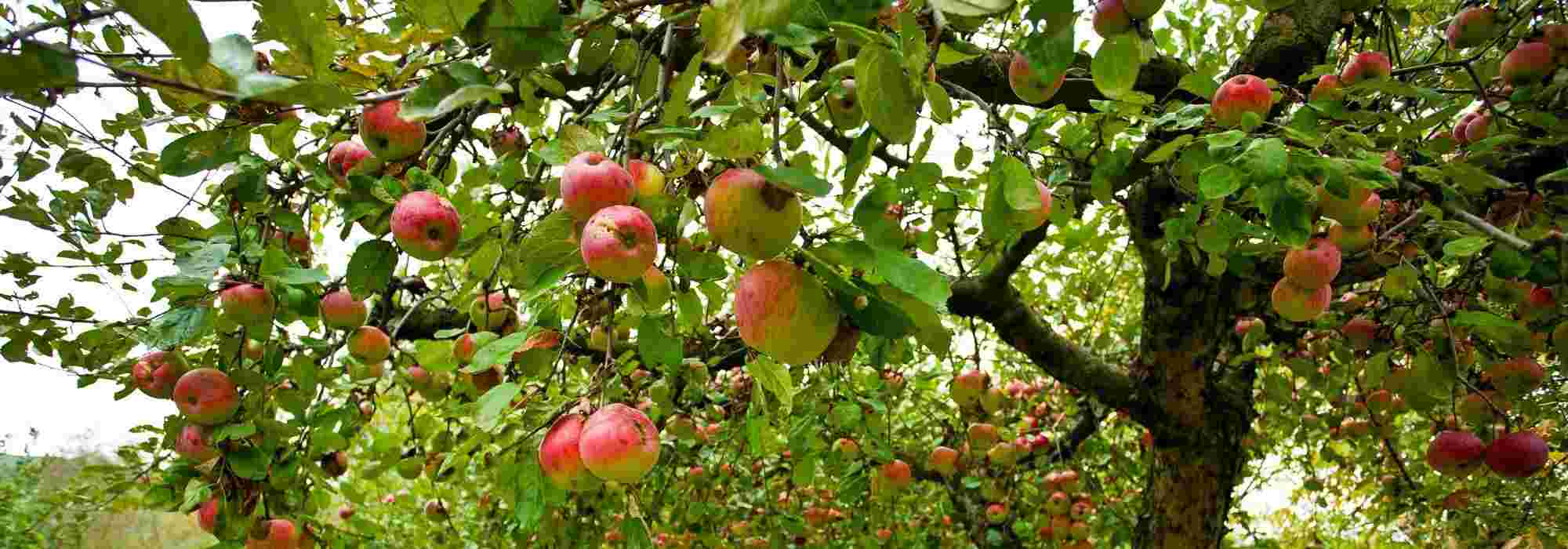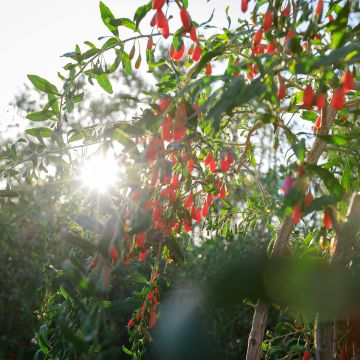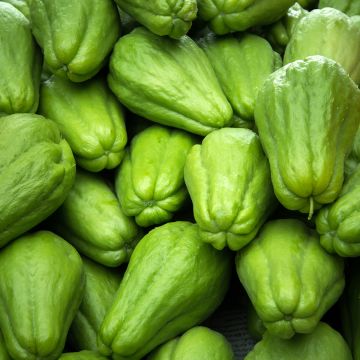

Diospyros lotus - Date-plum


Diospyros lotus - Date-plum


Diospyros lotus - Date-plum


Diospyros lotus - Date-plum


Diospyros lotus - Date-plum


Diospyros lotus - Date-plum
Diospyros lotus - Date-plum
Diospyros lotus
Date-plum, Caucasian persimmon, Lilac persimmon, Lotus tree
I'm sorry to hear that your plant arrived in a bad condition and did not recover.
claude, 17/05/2024
Special offer!
Receive a €20 voucher for any order over €90 (excluding delivery costs, credit notes, and plastic-free options)!
1- Add your favorite plants to your cart.
2- Once you have reached €90, confirm your order (you can even choose the delivery date!).
3- As soon as your order is shipped, you will receive an email containing your voucher code, valid for 3 months (90 days).
Your voucher is unique and can only be used once, for any order with a minimum value of €20, excluding delivery costs.
Can be combined with other current offers, non-divisible and non-refundable.
Home or relay delivery (depending on size and destination)
Schedule delivery date,
and select date in basket
This plant carries a 6 months recovery warranty
More information
We guarantee the quality of our plants for a full growing cycle, and will replace at our expense any plant that fails to recover under normal climatic and planting conditions.
Description
Diospyros lotus is a highly decorative fruit tree. From mid-November, female trees produce small fruits called persimmons, approximately 1.5 to 2.5cm (1in) in diameter, roughly the size of a cherry. They are ovoid and slightly flattened. The thin skin is covered with a whitish bloom. It gradually changes from green to orange when ripening, then to a violet-brown when over-ripe. At this stage of full ripeness, the skin is less astringent and the fruit becomes pleasant to eat. The orange pulp is soft, melting, slightly fibrous, and perfumed, and can contain 8 dark brown kidney-shaped seeds. The persimmon is a fruit with many benefits, enjoyable to eat raw in early winter or to cook in sweet or savoury recipes. It is a nectar-bearing fruit tree, providing valuable food for many insects. Only female trees produce fruits, so it is wise to grow several plants to promote fruiting. Its excellent cold resistance and adaptation to all types of soils make it suitable for most regions, including at high altitudes. It needs a sunny location. It is not prone to diseases and requires almost no maintenance.
Diospyros lotus is known by many common names: Caucasian persimmon, European persimmon, Italian persimmon, Levant persimmon, Date plum, or Chinese persimmon. It belongs to the Ebenaceae family, like ebony (Diospyros ebenum), with which it shares a common feature: very hard wood. Its name comes from the combination of the Greek words "Dios" (God) and "Pyros" (wheat). The species lotus is native to southwest and west Asia (China, India), where it can be found up to 2500m (8202ft) above sea level. It is found in the Caucasus and Black Sea regions, Iran, Afghanistan, and Pakistan. Its introduction to Western Europe, particularly in Italy, where it adapts well to alpine regions, dates back to around 1597.
It forms a fairly vigorous tree, with a rather slow growth rate. It has an upright and spreading habit with a rounded crown, reaching approximately 6 to 10m (20 to 33ft) in height and 4 to 6m (13 to 20ft) in width at maturity. It can live for up to 100 years. Easily recognisable, its trunk is covered with grey bark that becomes striated with age, and the young branches are marked with numerous lenticels. The deciduous foliage is composed of large leaves, 6 to 12cm (2 to 5in) long and 3 to 6cm (1 to 2in) wide. The leaves are alternate, elliptical, and acuminate, with prominent veins. They are slightly leathery and shiny, pubescent on the underside, and dark green with orange-purple autumn hues. Flowering occurs around May-June, which protects it from late spring frosts. It is a dioecious tree, with male and female flowers borne on different plants. The tubular-shaped flowers are ivory-white to creamy-yellow, tinged with pink on the lobes, and about 1.5 to 2cm (1in) in diameter. They appear on the previous year's branches and are attached to them by a very short peduncle. The nectar-rich and honey-bearing flowers are popular with insects (bees, butterflies, bumblebees, hoverflies, etc.).
This fruit tree can reproduce dioeciously by fertilising the female flowers of a female tree with the male flowers of a male tree, or without pollination (parthenocarpy): the female flower is not fertilised, but the fruit develops anyway. It is then seedless. The presence of a male and a female plant, in close proximity to each other, increases fruit production through pollination by insects or wind. It is a hardy tree that can withstand temperatures around -20°C (-4°F). To ensure good fruit ripening, it is wise to provide it with good sunlight. In cooler regions, plant it near a south-facing wall to protect it from the wind. Diospyros lotus has a well-developed root system, which gives it strong adaptability to all types of soils, as well as good resistance to drought and cold. In Europe, it serves as a rootstock for many varieties of Diospyros kaki. It also has good qualities for bonsai formation.
The fruits are harvested as soon as they turn orange-purple, from mid-November. The harvest extends until the first frosts, as they ripen. It takes around 4 to 5 years to fruit, so the production of persimmons becomes optimal after 8 to 10 years. Persimmons are fragile so should be harvest by hand with care. They are harvested when they are slightly soft to the touch and should be consumed quickly. Their flavour is significantly better and their astringency is reduced when they are harvested over-ripe, after experiencing a light frost.
The persimmon is a berry with a soft, creamy, and honey-like pulp that can be eaten raw. In cooking, the fruits reveal all their flavours when transformed into jam, compote, and jelly, or used to make cakes, ice cream, and sorbets, or as an accompaniment to savoury dishes. They can also be used to make sauces, wine, or vinegar. In Middle Eastern countries, they are more commonly consumed dried, like dates. In India, they are distilled to obtain alcohol. In China, the seeds are considered sedative.
Low in acidity and low in calories, the persimmon is rich in complex carbohydrates, fibre, and protein. It is also well-endowed with antioxidants, vitamin B, minerals (manganese and phosphorus), and iron. It has protective properties, widely used in traditional medicine. The fruits have recognised antiseptic properties in Chinese medicine. They have dyeing properties used in fabric colouring. The juice is rich in tannin. It is used by fishermen to give strength to fishing nets and ropes. The leaves have anti-inflammatory and antioxidant properties.
With its many advantages, it will easily find its place in the garden, planted on a lawn, in an orchard, or in a wild or ecological hedge. It is a remarkable subject that brings a lot of pleasure to those who own it. To expand the range of flavours, you can plant it with the Japanese persimmon (Diospyros kaki).
Diospyros lotus - Date-plum in pictures
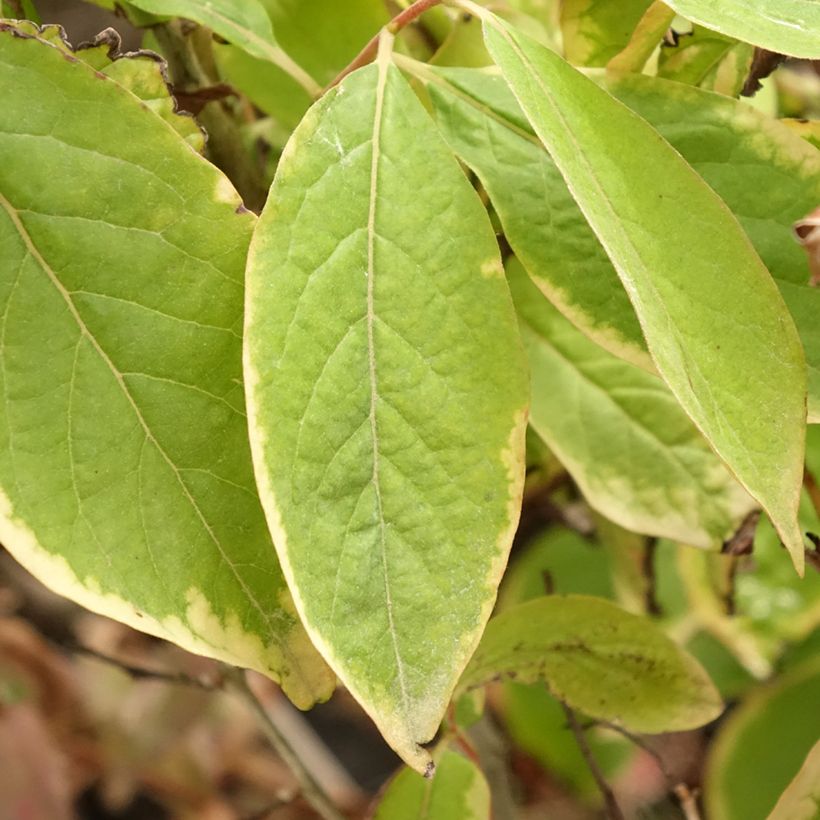



Plant habit
Fruit
Flowering
Foliage
Botanical data
Diospyros
lotus
Ebenaceae
Date-plum, Caucasian persimmon, Lilac persimmon, Lotus tree
West Asia
Other Persimmon trees - Diospyros
View all →Planting and care
Plant in autumn-winter, outside the freezing period, or alternatively in spring, with regular watering. Choose a sheltered and sunny location. It thrives in all types of soil, preferably with an acidic tendency (it fears excess limestone). It prefers well-drained and rich soils, and tolerates water shortage fairly well in summer, especially in deep soil. Space them 5 to 7m (16 to 23ft) apart in all directions.
Soak the root ball in water for a few moments before planting. Dig a hole 3 to 4 times the volume of the root ball, making sure to separate the bottom soil from the top soil. Mix the bottom soil with crushed horn and well-rotted compost or potting soil, then pour this mixture into the planting hole. Install a stake. Place the root ball, without burying the collar, cover with the top soil and firm it down. Form a basin around the base and water generously. Attach the stake to the plant, crossing the tie in the shape of an 8, without touching the trunk. Water regularly in the first year and then as needed, mainly in case of high temperatures.
Apply well-rotted compost every year in spring by raking it into the surface, taking care not to damage the roots.
It is less susceptible to diseases and pests.
Planting period
Intended location
Care
Planting & care advice
-
, onOrder confirmed
Reply from on Promesse de fleurs
Similar products
Haven't found what you were looking for?
Hardiness is the lowest winter temperature a plant can endure without suffering serious damage or even dying. However, hardiness is affected by location (a sheltered area, such as a patio), protection (winter cover) and soil type (hardiness is improved by well-drained soil).

Photo Sharing Terms & Conditions
In order to encourage gardeners to interact and share their experiences, Promesse de fleurs offers various media enabling content to be uploaded onto its Site - in particular via the ‘Photo sharing’ module.
The User agrees to refrain from:
- Posting any content that is illegal, prejudicial, insulting, racist, inciteful to hatred, revisionist, contrary to public decency, that infringes on privacy or on the privacy rights of third parties, in particular the publicity rights of persons and goods, intellectual property rights, or the right to privacy.
- Submitting content on behalf of a third party;
- Impersonate the identity of a third party and/or publish any personal information about a third party;
In general, the User undertakes to refrain from any unethical behaviour.
All Content (in particular text, comments, files, images, photos, videos, creative works, etc.), which may be subject to property or intellectual property rights, image or other private rights, shall remain the property of the User, subject to the limited rights granted by the terms of the licence granted by Promesse de fleurs as stated below. Users are at liberty to publish or not to publish such Content on the Site, notably via the ‘Photo Sharing’ facility, and accept that this Content shall be made public and freely accessible, notably on the Internet.
Users further acknowledge, undertake to have ,and guarantee that they hold all necessary rights and permissions to publish such material on the Site, in particular with regard to the legislation in force pertaining to any privacy, property, intellectual property, image, or contractual rights, or rights of any other nature. By publishing such Content on the Site, Users acknowledge accepting full liability as publishers of the Content within the meaning of the law, and grant Promesse de fleurs, free of charge, an inclusive, worldwide licence for the said Content for the entire duration of its publication, including all reproduction, representation, up/downloading, displaying, performing, transmission, and storage rights.
Users also grant permission for their name to be linked to the Content and accept that this link may not always be made available.
By engaging in posting material, Users consent to their Content becoming automatically accessible on the Internet, in particular on other sites and/or blogs and/or web pages of the Promesse de fleurs site, including in particular social pages and the Promesse de fleurs catalogue.
Users may secure the removal of entrusted content free of charge by issuing a simple request via our contact form.
The flowering period indicated on our website applies to countries and regions located in USDA zone 8 (France, the United Kingdom, Ireland, the Netherlands, etc.)
It will vary according to where you live:
- In zones 9 to 10 (Italy, Spain, Greece, etc.), flowering will occur about 2 to 4 weeks earlier.
- In zones 6 to 7 (Germany, Poland, Slovenia, and lower mountainous regions), flowering will be delayed by 2 to 3 weeks.
- In zone 5 (Central Europe, Scandinavia), blooming will be delayed by 3 to 5 weeks.
In temperate climates, pruning of spring-flowering shrubs (forsythia, spireas, etc.) should be done just after flowering.
Pruning of summer-flowering shrubs (Indian Lilac, Perovskia, etc.) can be done in winter or spring.
In cold regions as well as with frost-sensitive plants, avoid pruning too early when severe frosts may still occur.
The planting period indicated on our website applies to countries and regions located in USDA zone 8 (France, United Kingdom, Ireland, Netherlands).
It will vary according to where you live:
- In Mediterranean zones (Marseille, Madrid, Milan, etc.), autumn and winter are the best planting periods.
- In continental zones (Strasbourg, Munich, Vienna, etc.), delay planting by 2 to 3 weeks in spring and bring it forward by 2 to 4 weeks in autumn.
- In mountainous regions (the Alps, Pyrenees, Carpathians, etc.), it is best to plant in late spring (May-June) or late summer (August-September).
The harvesting period indicated on our website applies to countries and regions in USDA zone 8 (France, England, Ireland, the Netherlands).
In colder areas (Scandinavia, Poland, Austria...) fruit and vegetable harvests are likely to be delayed by 3-4 weeks.
In warmer areas (Italy, Spain, Greece, etc.), harvesting will probably take place earlier, depending on weather conditions.
The sowing periods indicated on our website apply to countries and regions within USDA Zone 8 (France, UK, Ireland, Netherlands).
In colder areas (Scandinavia, Poland, Austria...), delay any outdoor sowing by 3-4 weeks, or sow under glass.
In warmer climes (Italy, Spain, Greece, etc.), bring outdoor sowing forward by a few weeks.






























